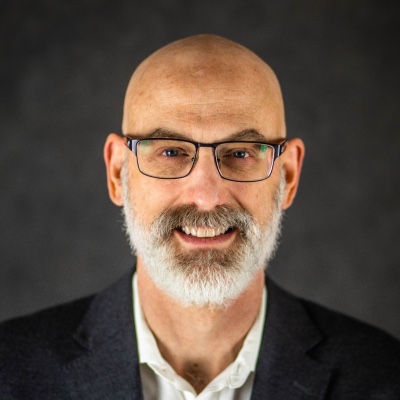Piling on to the highly publicized problems at carbon project developer South Pole, Follow The Money uncovered a supply chain risk that should have been obvious, but was overlooked. The Bachu Biomass Project located in China’s Xinjiang Uyghur Autonomous Region (XUAR) was a South Pole project based on generating energy from biomass residuals from cotton farming. According to FTM:
“[South Pole’s] Chinese partner in Bachu … used cotton residue from fields within a 50-kilometre radius of a biomass plant of this partner. Within that area, there are two cotton farms where forced labour is being or has been used, according to data provided by German researcher and Xinjiang expert Adrian Zenz. Zenz is shocked that South Pole has started a cotton-fueled climate project there, of all places. ‘We are talking about a high-risk group: Uyghurs; a high-risk geographical region: Kashgar; a high-risk policy target: cotton and labour transfer,’ he says. ‘There is no way you will find a more risky spot in Xinjiang. There is probably no place with a higher risk for state-enforced forced labour in the world.’
… Using satellite imagery, The Guardian, which Follow the Money partnered with for this investigation, confirmed that the power plant is still operating.”
And there is this in Africa from the BBC:
“Kenya’s government is illegally evicting hunter-gatherers from their ancestral lands to profit from carbon offsetting schemes, human rights lawyers say… by evicting the Ogiek, Kenya’s government is trying to cement its full territorial – and financial – control over an increasingly lucrative asset… Kenya’s Ministry of Environment, Climate Change and Forestry said it was ‘fully aware’ of the operation to reclaim parts of the Mau Forest from ‘encroachment and illegal logging activities.’ It urged the ‘multi-agency security teams’ to ‘carry out the operation humanely.'”
Mark Zuckerberg’s famous motto “Move fast and break things” appears to be a guiding principle in climate risk management, but it creates gaps in supply chain due diligence. Industry-specific initiatives have been around for a long time, although they are not perfect as fraud has been – and continues to be – a problem for some. The OECD also published guidelines for minerals, garments and agriculture – intended to be implemented by companies themselves, not simply “outsourced” to other organizations. But these initiatives, frameworks and tools tend to be issue-specific and fragmented, missing interconnections and leaving gaps in ESG issue coverage.
Especially in light of human rights impacts in carbon offset projects – and the apparent lack of human rights due diligence therein – companies need to rethink their carbon offset due diligence processes to ensure human rights impacts are indeed identified and addressed.
If you aren’t already subscribed to our complimentary ESG blog, sign up here: https://practicalesg.com/subscribe/ for daily updates delivered right to you.










